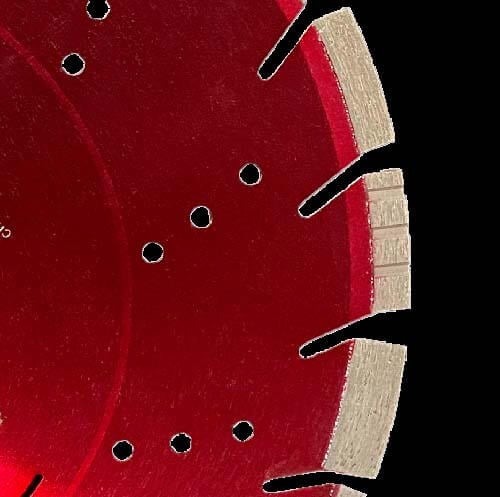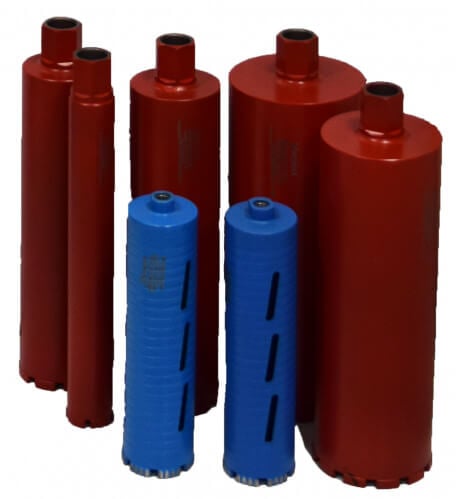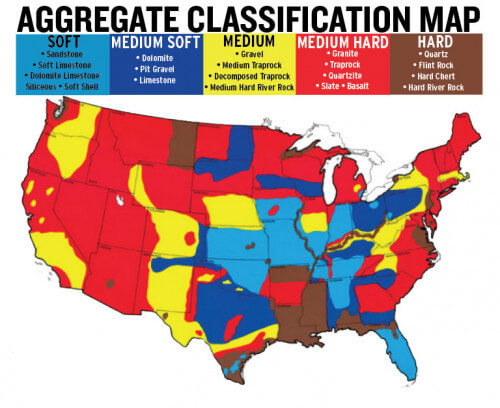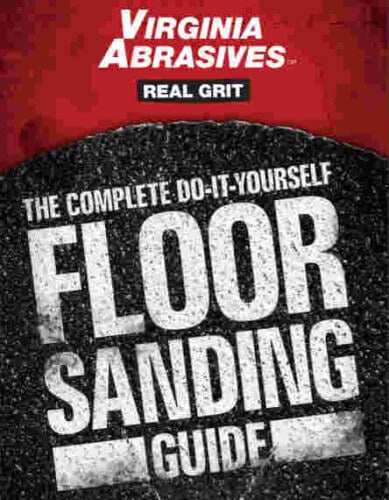WHAT ARE BONDS ON DIAMOND BLADES AND WHY DOES IT MATTER?
The right tool for the job not only makes for an easier, more efficient workday. It also helps to decrease the time needed to complete the task, increasing profitability. Have you ever wondered about diamond blade bonds or the composition of the aggregate in your area?
Here are some of the questions we hear, along with the answers:
Q: What is a Diamond Blade?
A: Diamond blades are comprised of industrial diamond impregnated segments attached to a steel core. Segments are mixed with a precise amount of powdered matrix material (the bond) that holds the industrial diamonds in place. Industrial diamonds are used in many different applications, so there are many variations of bonds and diamond concentration.
Q: Why is the bond important?
A: The bond significantly affects the cutting ability of the blade. When the blade is in use, the bond aids in exposing fresh diamonds, allowing the diamonds to collide with the material being cut, grinding and chipping away from beginning to end.
Q. Why does the hardness of the aggregate make a difference?
A. The correct bond for the task at hand is imperative for optimum cutting performance and accuracy of cut. Hard bond is designed for cutting soft aggregate, holding the diamonds in place longer for continuous cutting. Softer bonds wear down more quickly to continually expose sharp cutting diamonds and prevent gumming on the segments. Harder aggregates require a softer bond and softer aggregates require a hard bond to obtain the best cut, but also to prolong the life of the blade.
Q: What is aggregate and why does it vary?
A: Aggregate is the material that is used to make concrete. There are many aggregate types throughout the United States. Concrete, stone, and block are typically manufactured locally, usually from a plant that mines and crushes stone, sand, and gravel, producing construction aggregates. The materials used in this process are from natural deposits mined from the earth by drilling and blasting. The location source of these materials dictates the aggregates produced.
Q: What are the types of aggregates and how does that relate to their hardness?
A: Softer aggregates include soft limestone, dense limestone, sandstone, dolomite, and marble and are typically located in the more central part of the country. Medium aggregates include some granites and river rock and are found in various parts of the county. Medium hard aggregates include some river rock, granites, basalt, quartz, and trap rock and are mainly found along the eastern and western shore regions of the country. Hard aggregates include flint, chert, trap rock, and basalt, and are primarily found in the gulf region of the country. See our aggregate map to help you identify typical aggregates in your area.
 We are a US Manufacturer. Fast, free shipping.
We are a US Manufacturer. Fast, free shipping.




